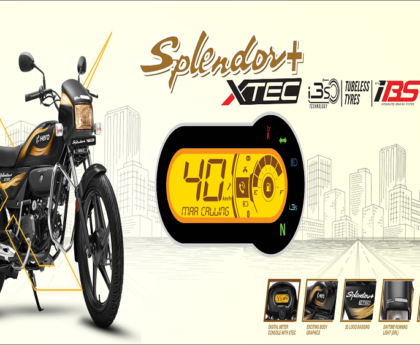Owning a fleet of commercial vehicles for your business operations is a major investment requiring diligent maintenance. When even one truck goes down, it disrupts productivity and costs you money. Implementing some smart practices keeps your entire fleet running reliably with minimum downtime.
Pre-Trip Inspections Pay Off
Starting every day with thorough pre-trip inspections provides your first line of defense against mechanical issues. Train drivers on what to examine, such as tires, lights, fluid levels, glass, and mirrors. Require that they document the findings in an inspection report. This routine due diligence catches little problems before they escalate into roadside breakdowns. Reinforce the importance of these checks reminding drivers that a 15-minute check beats hours of downtime any day.
Stay On Schedule with Preventative Maintenance
Just like our personal vehicles, your commercial trucks and vans require routine maintenance at set mileage intervals. Oil changes, tire rotations, brake inspections and everything else outlined in your owner’s manual represents mandatory services. Integrated GPS telematics tracks service lights and odometer readings, automating scheduling for maintenance stops. This systematic approach keeps you ahead of trouble.
Carry Emergency Roadside Gear
Despite your best preventative efforts, occasional roadside inconveniences are unavoidable over time. Make sure each vehicle has an emergency kit stocked with essential gear. That means flares, reflective triangles, a lug wrench, and a properly rated jack. Don’t forget a first aid kit, fire extinguisher, and protection like rain ponchos. Also include a 24-volt battery jump starter – the experts at Clore Automotive say that it will quickly revive dead batteries without another vehicle’s assistance. Having these tools on hand provides backup solutions.
Nurture Supplier Partnerships
Operating a fleet requires reliable supplier relationships for parts sources, maintenance providers, towing services, and so on. Vet vendors thoroughly, considering pricing but prioritizing quality and responsiveness. Leverage buying power for volume discounts. Should a breakdown occur, you will have that immediate support network available to get vehicles operating again rapidly.
Utilize Vehicle Tracking Technology
GPS vehicle tracking provides immense insight into your fleet’s real-time locations, routes taken, speeding patterns, idling behaviors and more. The data uncovers areas for efficiency improvements, like optimizing routes and driver coaching. But it also monitors vehicle health through diagnostic trouble code alerts, letting you remotely identify imminent issues before catastrophic failure occurs on the road. Telematics elevates your entire operation.
Keep Good Records
Documentation and meticulous record-keeping represent the backbone of fleet management success. Log every vehicle’s mileage and service history diligently, including both repairs performed, and parts replaced. You should also monitor downtime and productivity metrics. This compiled data provides transparent performance insights while protecting you in liability situations.
Promote Safe Driving Practices
Of course, your drivers’ habits behind the wheel impact a fleet’s reliability tremendously too. Accident avoidance, speed regulation and smooth braking are behaviors that reduce wear and tear while preventing collisions and costly repairs. Camera-based driver coaching systems objectively monitor activities, reinforcing safe habits with constructive feedback. Consider incentivizing good performance with rewards. Just a little proactive enforcement goes a long way.
Make Replacement Planning a Priority
Even with fantastic preventative care, the reliable lifespan of any truck or van is finite. Vehicle aging eventually necessitates removal from your fleet for more cost-effective replacement. Continually budget for this inevitability while analyzing vehicle lifecycles. Rotating in new models optimizes efficient performance and safety while controlling long-term operational costs.
Conclusion
Keeping your commercial vehicle fleet in top working condition requires more than just reacting to breakdowns. Proactively following these best practices focused on prevention, preparation and data-driven planning provides a comprehensive strategy for peak fleet performance and minimum disruptive downtime to your operations.





